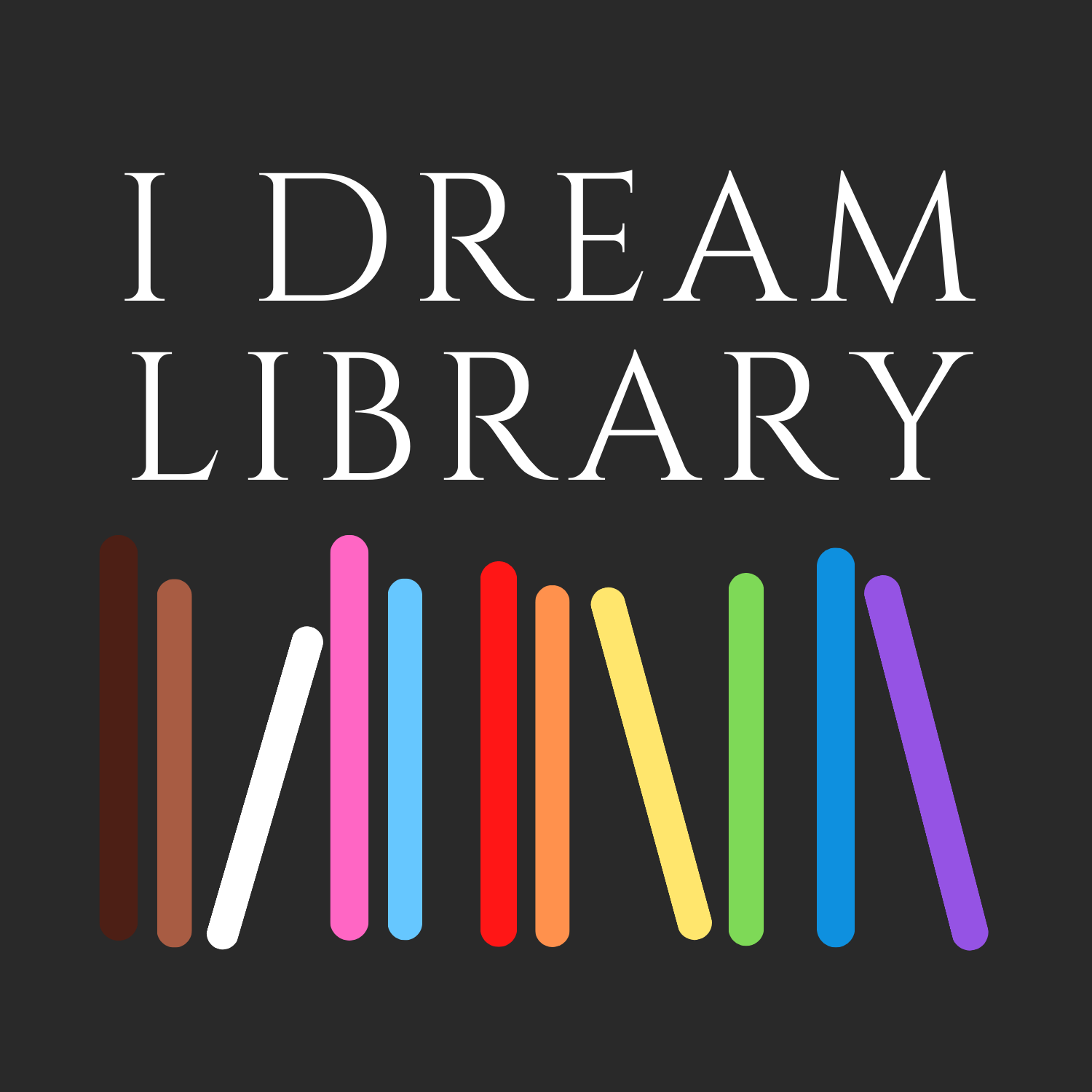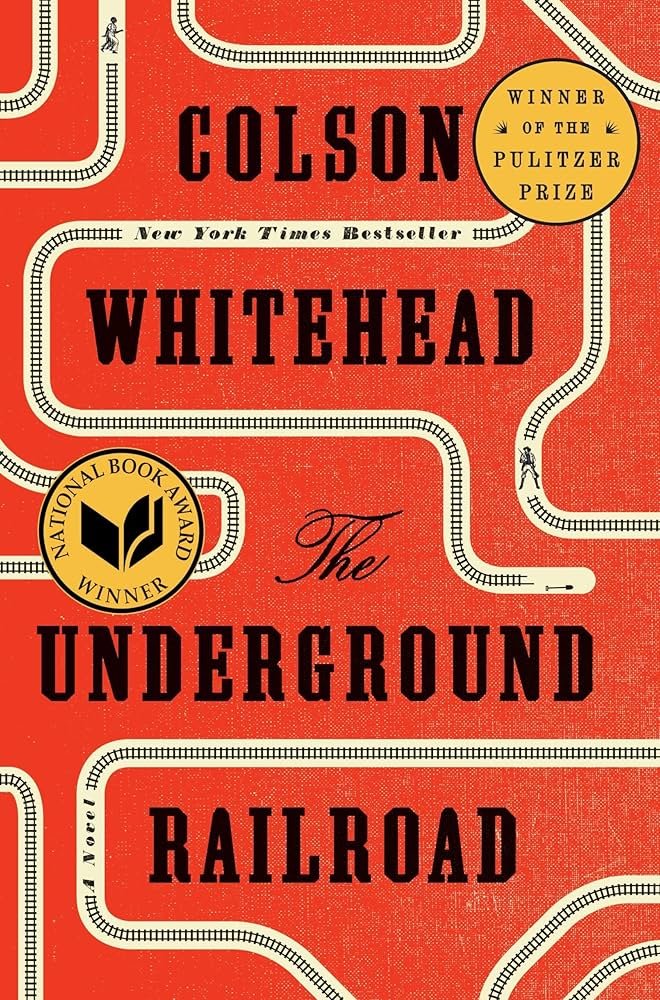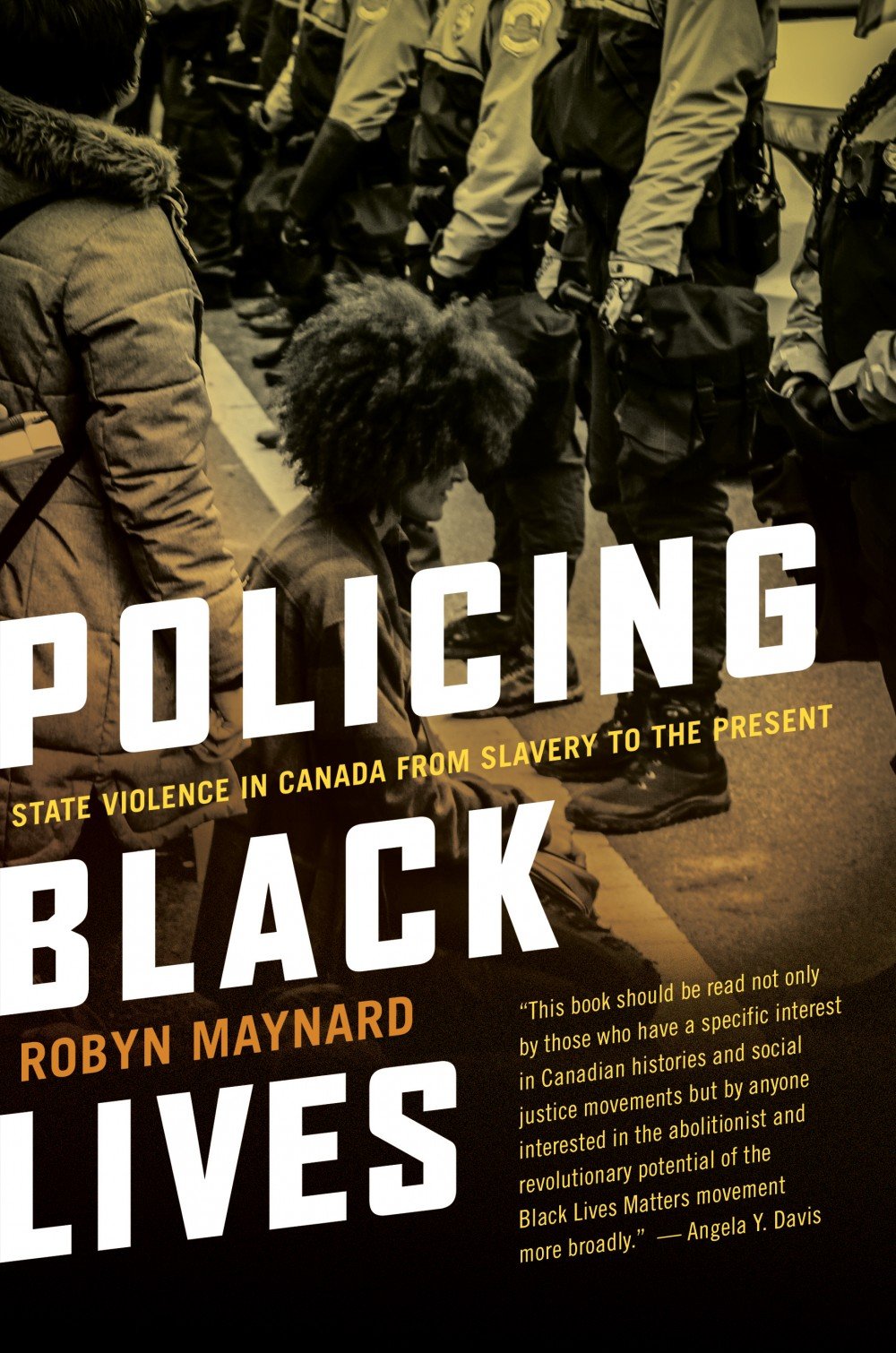
Abolition is…
This page is under construction
How to use this page
The following books, documents, and videos are an introduction to the history of, and present need for, emancipatory systems and practices known as abolition. This collection centers the experiences of enslaved people in Canada, the US, and Caribbean. Recommended for K-12 classrooms, home learners, and post secondary. This is a living canon, growing and changing as we do.
Click the links to download, learn, share, practice and teach these works and their creators.
What is Abolition?
“Abolition is the elimination of all forms of oppression, subjugation, and exclusion. Including caging human beings…Oppression that limit the body, that limit our imagination of what gender is what sexuality is.
“Abolition is about abolishing the conditions under which prison became the solution to problems, rather than abolishing the buildings we call prisons.”
— Ruth Wilson Gilmore , Director of Center for Place, Culture and Politics
Historic Abolition Movements
Efforts toward abolishing slavery, and abolition practices of self-emancipation and community care have existed in the America’s as long as chattel slavery has.
While we may recognize the word in connection to the emancipation proclamations of August 1, 1834 in the British colonies, and January 1, 1863 in the United States, abolition of slavery was first achieved by Ayiti (Haiti) on January 1st, 1804. Self-emancipated African people and their collaborators fought a 12 year war with French landowners, enslavers, and the French Army to become the first free Black republic in the world.
Maroons
Self-emancipation and resistance to enslavement has been part of the history of the Americas, since chattel slavery began
Maroons were individuals, adults and children
Maroons were families and communitees
Maroons existed throughout the Americas
Dr. Sylviane A. Diouf
Scholar and author Dr. Sylviane A. Diouf delivers a lecture on the history of Maroon communities in the United states and her book, Slavery’s Exhile: The Story of American Maroons
Dr. Afua Cooper
Scholar, author, and poet Dr. Afua Cooper shares the story of Jamaican Maroon communities in Nova Scotia, and their legacy.
Abolition in Hispaniola
The Haitian Revolution created the first successful indipendant Black nation as a result of consitent organized Maroon revolts.
Toussant Louvert
Jean Jacques-Dessalines
Cécile Fatiman
Abolition in Canada
Fighting Slavery in the British and French Colonies from 1629 - 1834
African and Indigenous people were enslaved in the British and French colonies of early Canada.
Act To Limit Slavery in Upper Canada, passed in 1793, made this region the first British colony to limit slavery.
The end of chattel slavery is celebrated August 1st ,1834, marking the end of enslavement of African people in Canada and throughout the British colonies, with the exception of India, Sri Lanka and Saint Helena
Black refugees founded all-Black communities to provide formal education or learn trades in the safety of their own communities.
Anti-Slavery Publications
Newspapers like the North Star (US) and Provincial Freeman (Canada), played a crucial role in the US abolition movement.
1853 - 1857
1851 - 1852
1847 - 1851
The Abolition of Slavery in the US
3 SIGNIFICANT DATES OF U.S. ABOLITION:
January 1, 1863 - The Proclamation of Emancipation ending slavery in the confederate US states
June 19, 1865 - The announcement and enforcement to end slavery in Galveston, Texas
June 14 1866 - The end of chattel slavery of African people by the Cherokee, Chickasaw, Choctaw, Creek, and Seminole Nations.
Abolition Democracy
The term “Abolition Democracy” is coined by W.E.B. Du Bois in his 1935 text BLACK RECONSTRUCTION IN AMERICA: AN ESSAY TOWARD A HISTORY OF THE PART WHICH BLACK FOLK PLAYED IN THE ATTEMPT TO RECONSTRUCT DEMOCRACY IN AMERICA,1860-1880
“DuBois argued that the abolition of slavery was accomplished only in the negative sense. In order to achieve the comprehensive abolition of slavery (…) new institutions should have been created to incorporate black people into the social order. […] Slavery could not be truly abolished until people were provided with the economic means for their subsistence. They also needed access to educational institutions and needed to claim voting and other political rights, a process that had begun, but remained incomplete during the short period of radical reconstruction that ended in 1877. Du Bois thus argued that a host of democratic institutions are needed to fully achieve abolition—thus abolition democracy.”
— Angela Davis, Abolition Democracy (2005)
Early 20th Century Advancement of Abolition
The Reconstruction Era (1865 - 1877) was challenged with constant systemic terrorizing of free Black people, communities, and enterprises. White institutions criminalized and segregated free Black people through Black-codes, Pig Laws and Jim Crow. Black people, under constant pressured to give up rights they had won, were left to advanced their own economic, social and political equality.
In the late 19th and early 20th centuries, collective responses to protect and advance the civil, education and economic rights of Black people included the formation of: Freedmen’s towns, Pan-Africanism, NAACP, Black Nationalism, Black History Month, and Tuskegee University
Contemporary Abolition Movement
Our capital is connected to our oppression.
Because slavery amassed incredible capital (wealth, in the form of money or other assets, including human beings, land and time), governing systems of the nations who were built through slavery decided to evolve this forced labour system rather than end it. Criminalization of homelessness, foster care and adoption systems, for-profit prisons and convict leasing are examples post emancipation innovations that financialize people, place and time.
Contemporary abolition addresses finacialization through locally and globally, advocating for anti-capitalism and the abolishment carceral responses, systems, ideologies, and benefits. Creating interdepenant, decentralized, decolonized, and ecologically generative systems.
Abolition Geography: Essays Toward Liberation
Ruth Wilson Gilmore offers a geographical grasp of how contemporary racial capitalism operates through an "anti-state state" that answers crises with the organized abandonment of people and environments considered disposable.
Picture Books
stories about family separation and incarceration
Hi! This section is still under construction, links will be active soon.
Abolition is Love
In Abolition is Love, Amelie learns about collective care, mutual aid, and abolitionist ideas as they help their parents get ready for the annual Prisoners’ Justice Day.
Click the book to learn more!
Young Adult +
biographies, historical collections, and ways forward
Hi! This section is still under construction, links will be active soon.
Educators
abolitionist lesson plans and worldview in the classroom
Hi! This section is still under construction, links will be active soon.











































































